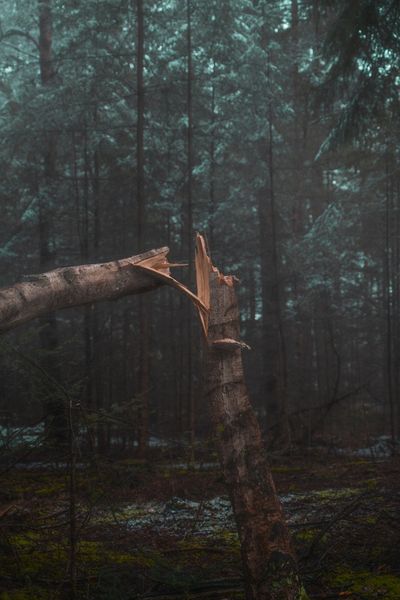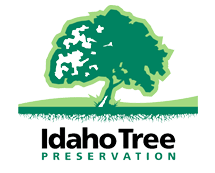Tree Risk Assessment Boise, ID
Tree risk assessment is tree service performed by an ISA Certified Tree Risk Assessor trained and qualified to evaluate trees for potential hazards and assess the level of risk they pose to people, property, and the environment. When conducting a tree risk assessment, these individuals follow a systematic and comprehensive process to ensure the safety and well-being of trees in a given area. Here’s what an ISA Certified Tree Risk Assessor typically does during a tree risk assessment:
1. Visual Inspection: The assessment begins with a visual inspection of the tree and its surroundings. The assessor evaluates the tree’s overall health, looking for signs of decay, disease, damage, or structural issues. They also consider environmental factors, such as soil condition, site characteristics, and weather conditions, that could impact the tree’s stability.
2. Hazard Identification: The assessor identifies potential hazards associated with the tree, including dead or weakened branches, splits or cracks in the trunk, root issues, or any other factors that may compromise the tree’s structural integrity. They also assess the proximity of the tree to structures, pathways, or high-traffic areas.
3. Assessment of Tree Condition: Based on their observations, the assessor rates the tree’s overall condition and assigns a risk level, typically categorized as low, moderate, or high risk. This rating helps in determining the urgency and severity of any recommended actions.
4. Recommendations: The Tree Risk Assessor provides recommendations for mitigating the identified risks. This may include actions like pruning, cabling, bracing, or even tree removal if the risk is significant and immediate. The recommendations are aimed at reducing potential hazards and ensuring the safety of people and property.
5. Monitoring and Follow-up: In some cases, ongoing monitoring of the tree may be recommended to track its response to prescribed treatments or to assess whether the risk level changes over time. Follow-up assessments are crucial to ensuring the effectiveness of risk mitigation measures.
6. Report: A detailed written report is typically generated following the assessment. This report outlines the findings, risk levels, recommended actions, and any potential consequences if no action is taken. The report serves as a valuable reference for property owners, arborists, or local authorities.
An ISA Certified Tree Risk Assessor’s primary responsibility is to evaluate the safety of trees and recommend actions such as tree removal, tree trimming, or diseased tree treatment that balance tree preservation with risk management. By conducting thorough assessments and offering professional guidance, these experts help protect the urban and natural environments while ensuring the longevity of valuable trees.

